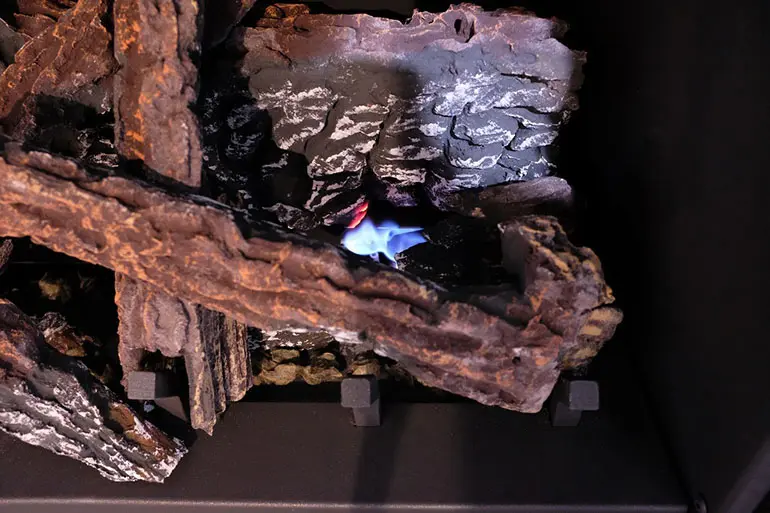Fireplace Pilot Types
Of the many things that are complicated in life, choosing a fireplace shouldn't be one of them. When beginning the process of looking for the right fireplace for your home, you may ask questions like: Do I want an indoor fireplace? Would it be more fun to have an outdoor fireplace? Do I need a fire pit or a gas log set? So. Many. Choices!
Thankfully, the professionals at our company know, there are many options to choose from when it comes to venting, ignition systems, and styles. So, we want you to use this article to break down the differences among fireplace pilot lights to help make your decision that much easier and the process of purchasing a new fireplace that much smoother.


